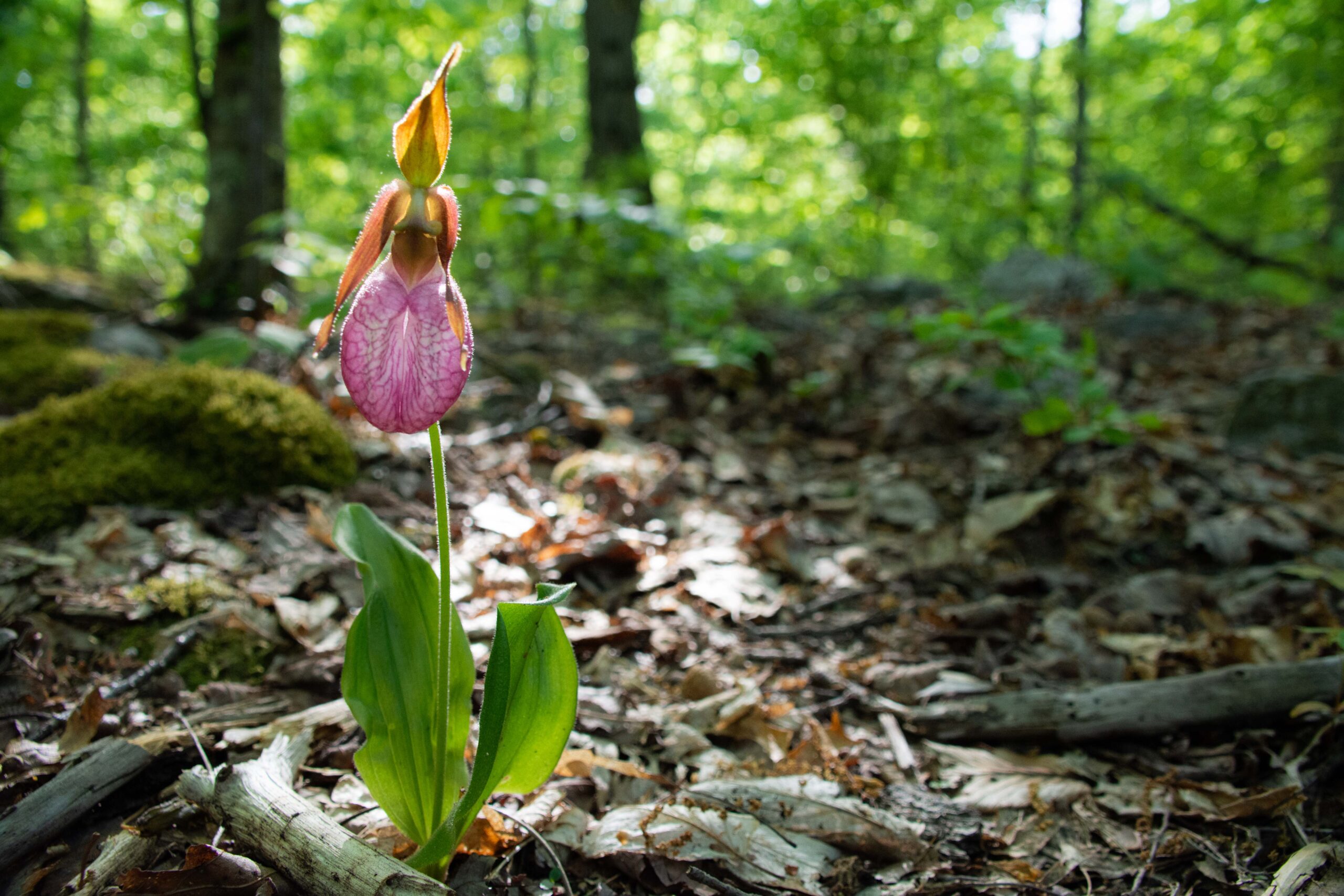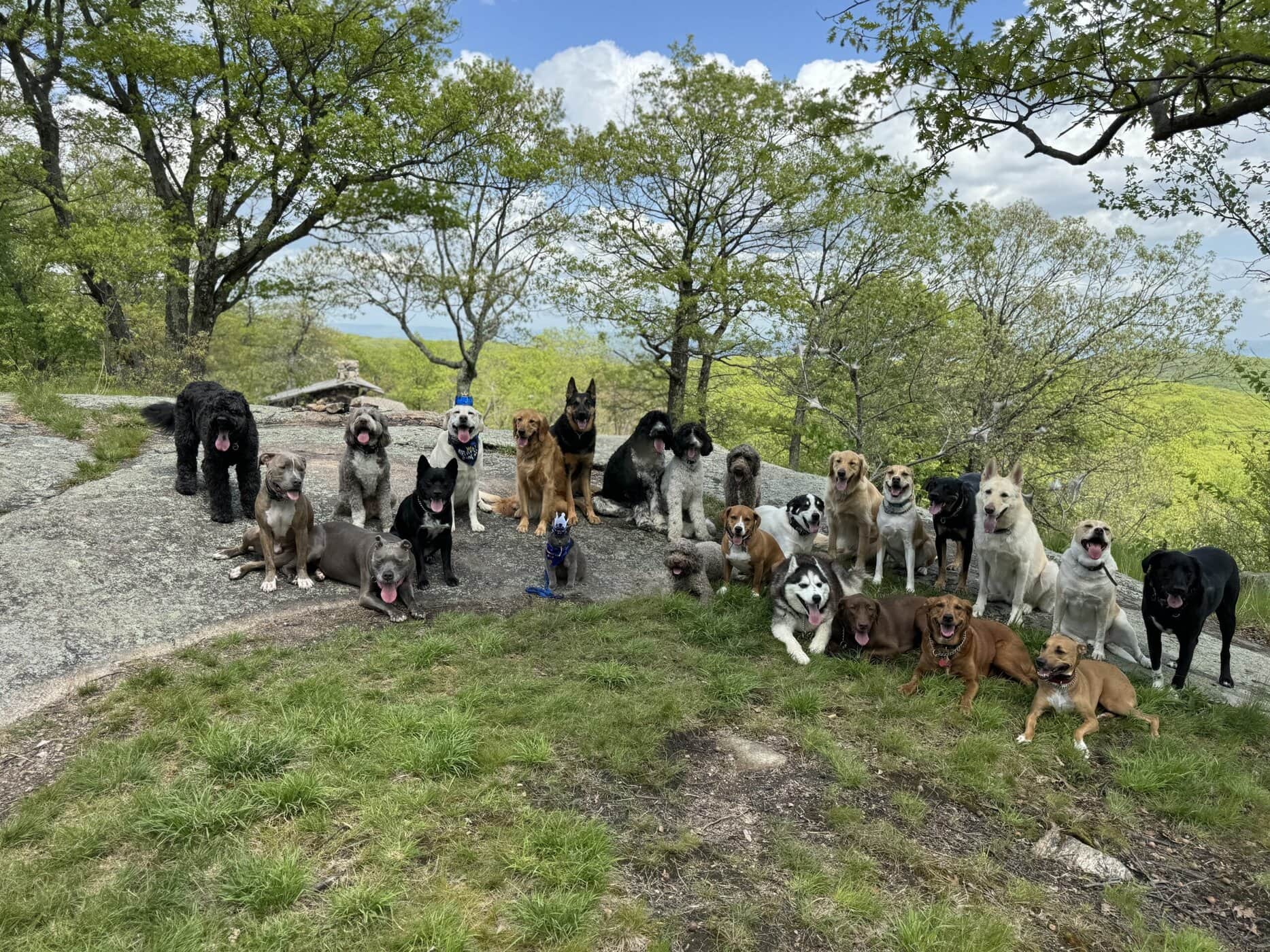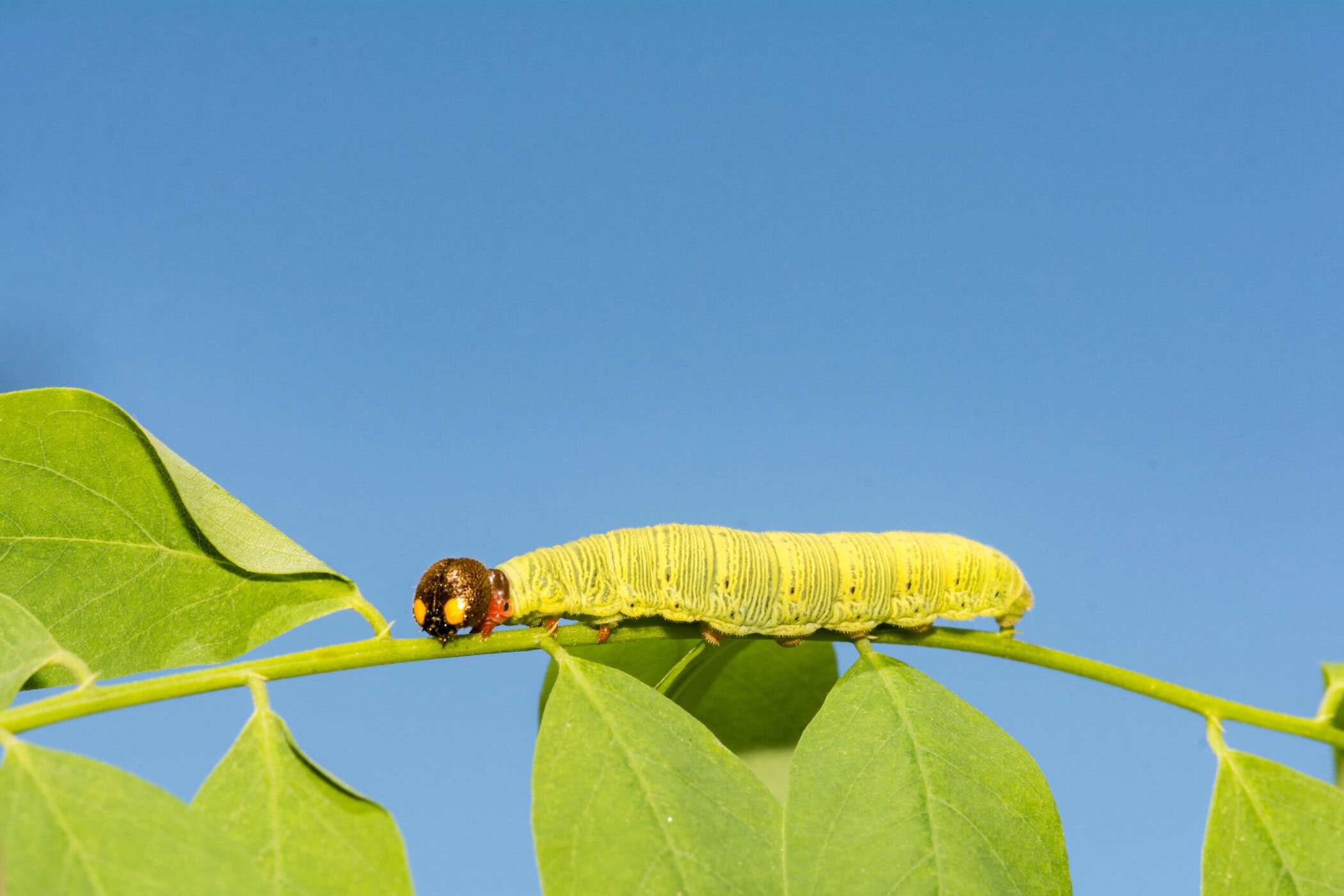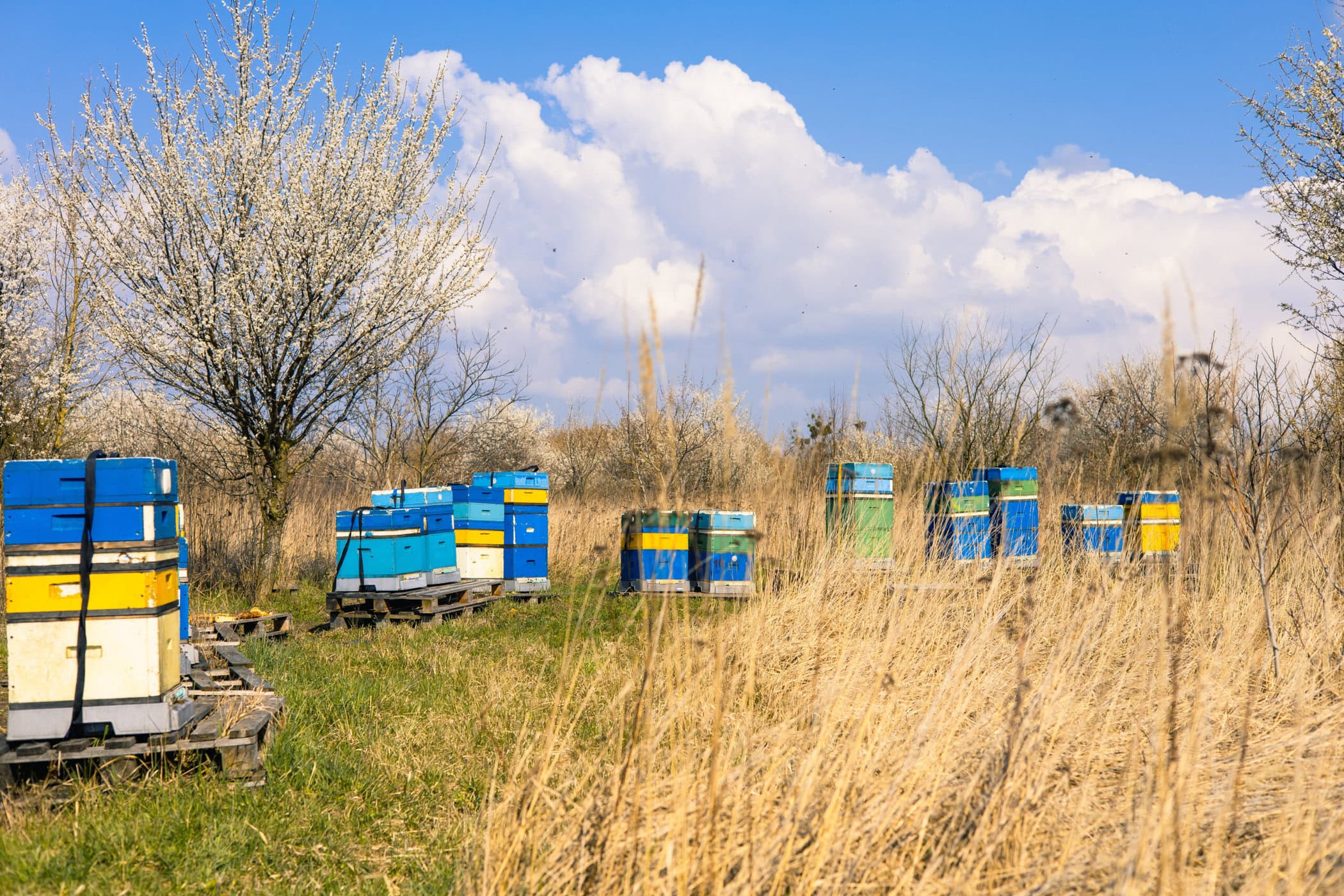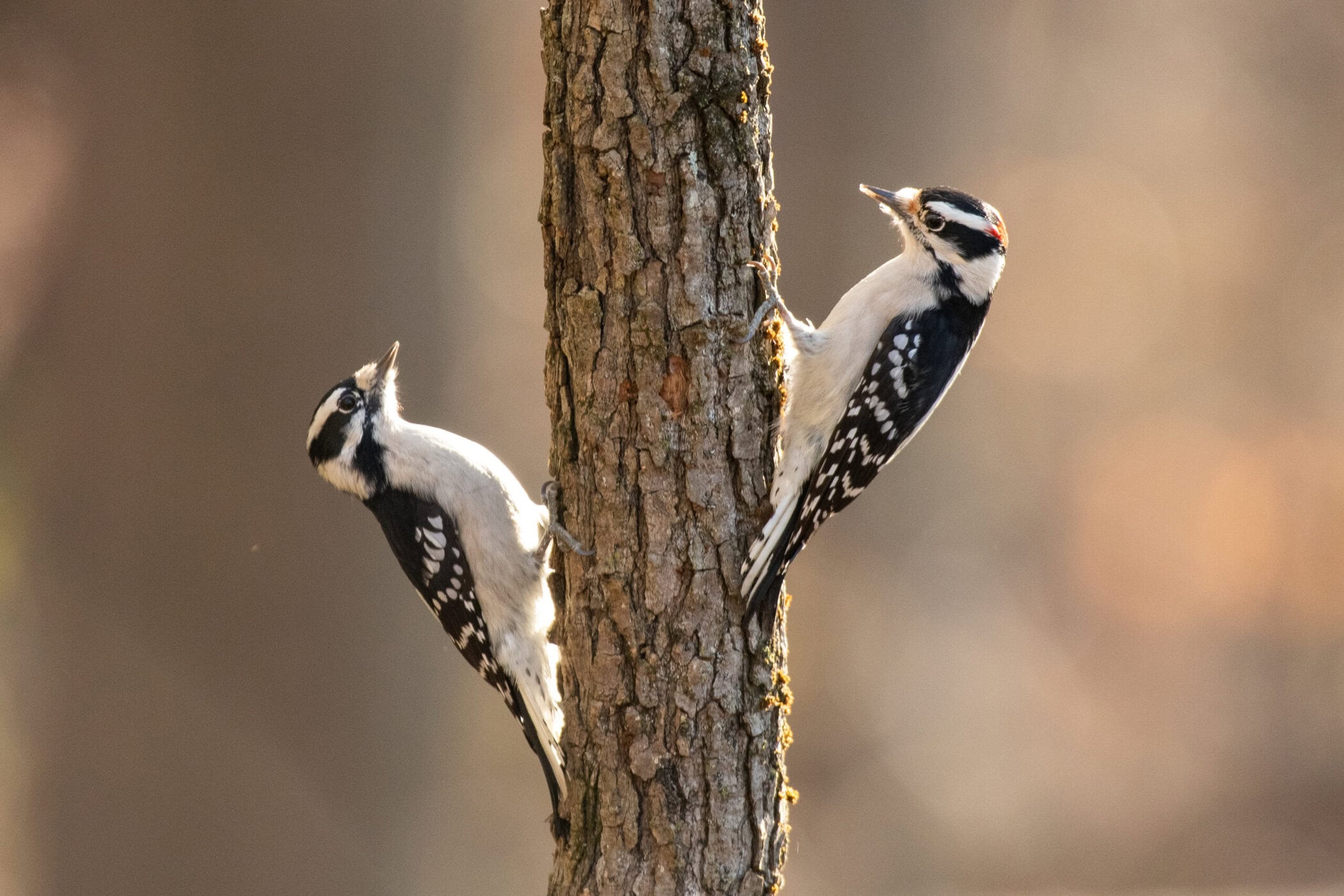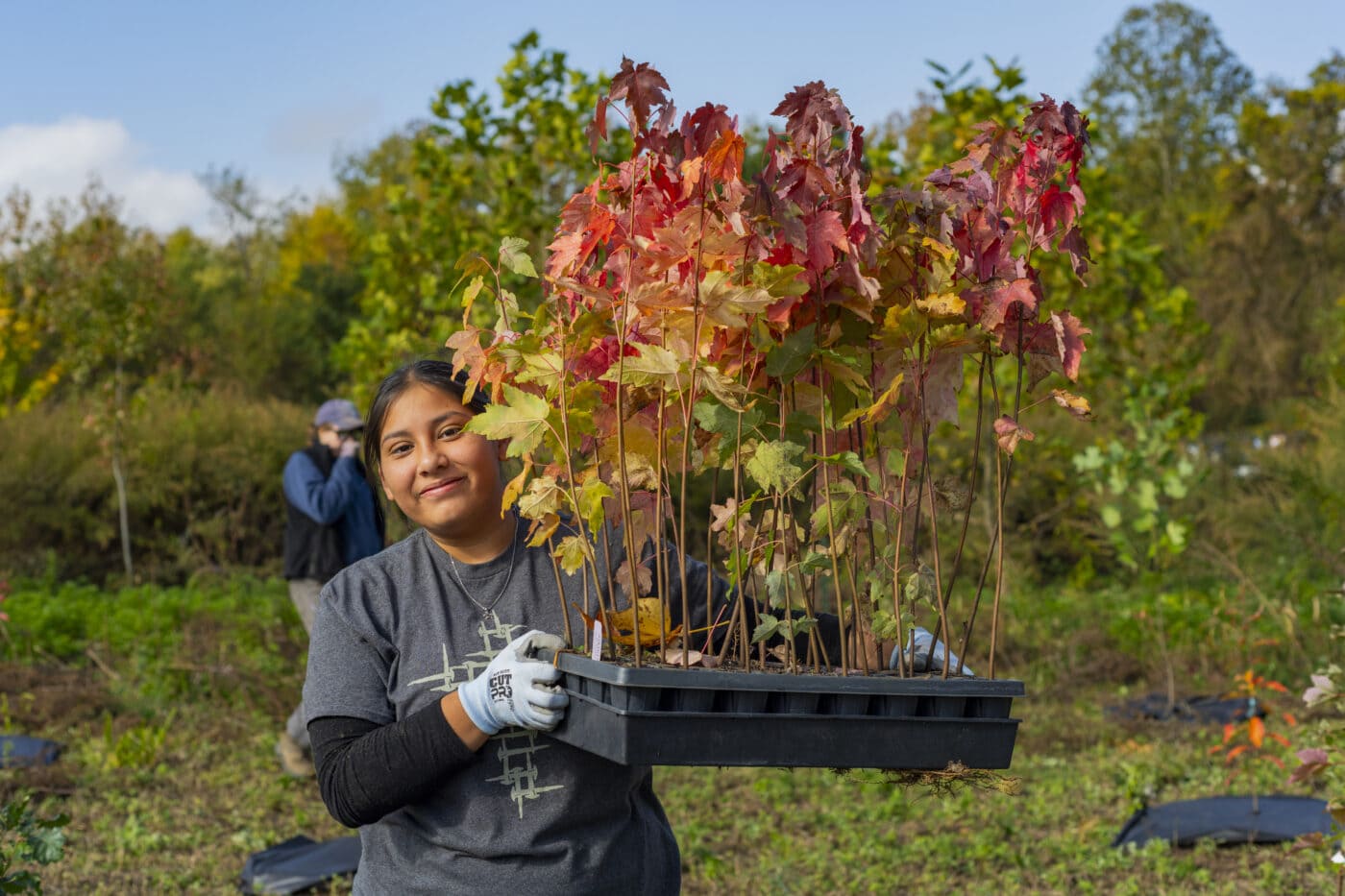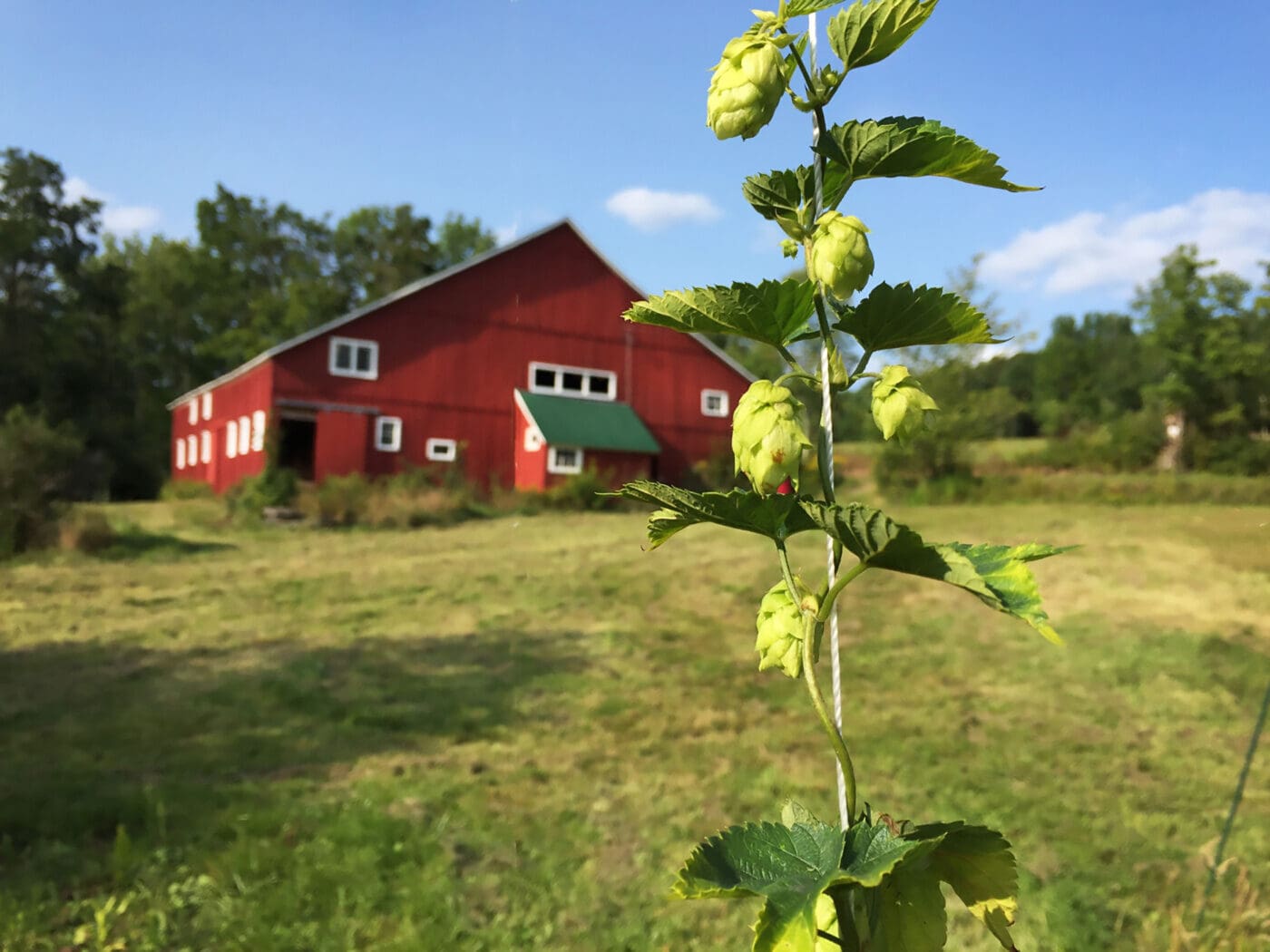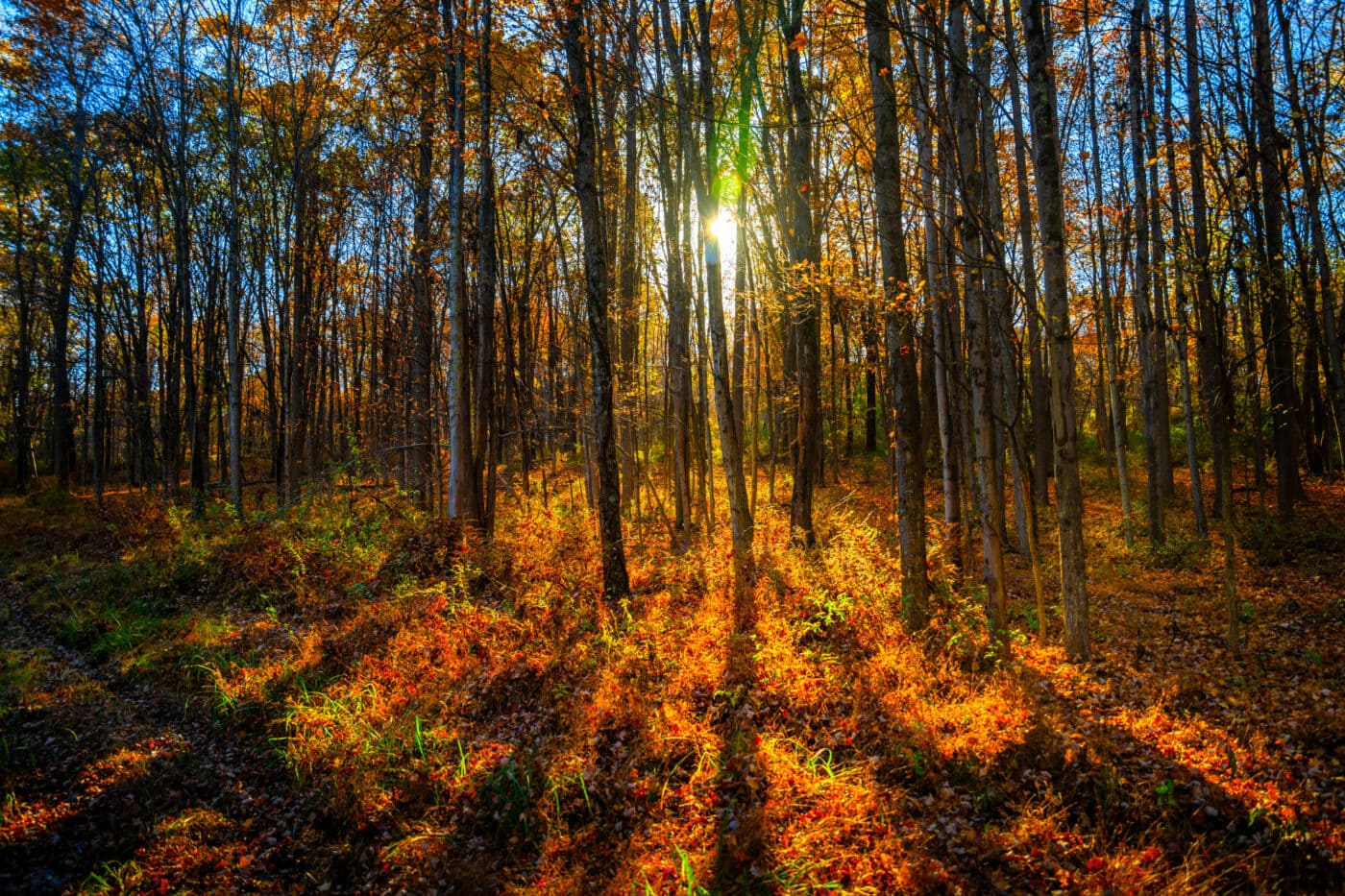Trees, shrubs and wildflowers contribute so much beauty to the Hudson Valley — and joy to our lives — but here are 6 plants you definitely should stay away from while enjoying the outdoors. We’ve placed them in the order of harm they can cause — from permanent scarring to a temporary annoyance — and provided treatment tips if you’re unlucky enough to come into contact with one.
AVOID AT ALL COST
Giant Hogweed (Heracleum mantegazzianum)
Native to the Caucasus Mountains, giant hogweed was introduced into the U.S. in the early 20th century as an ornamental garden plant. The federal government has classified it as a “noxious weed.”
Look: Giant hogweed is like Queen Anne’s lace on steroids (both are members of the carrot family), growing up to 14 feet or more, with white flowers spanning 2.5 feet in diameter. Click here for more ID tips.
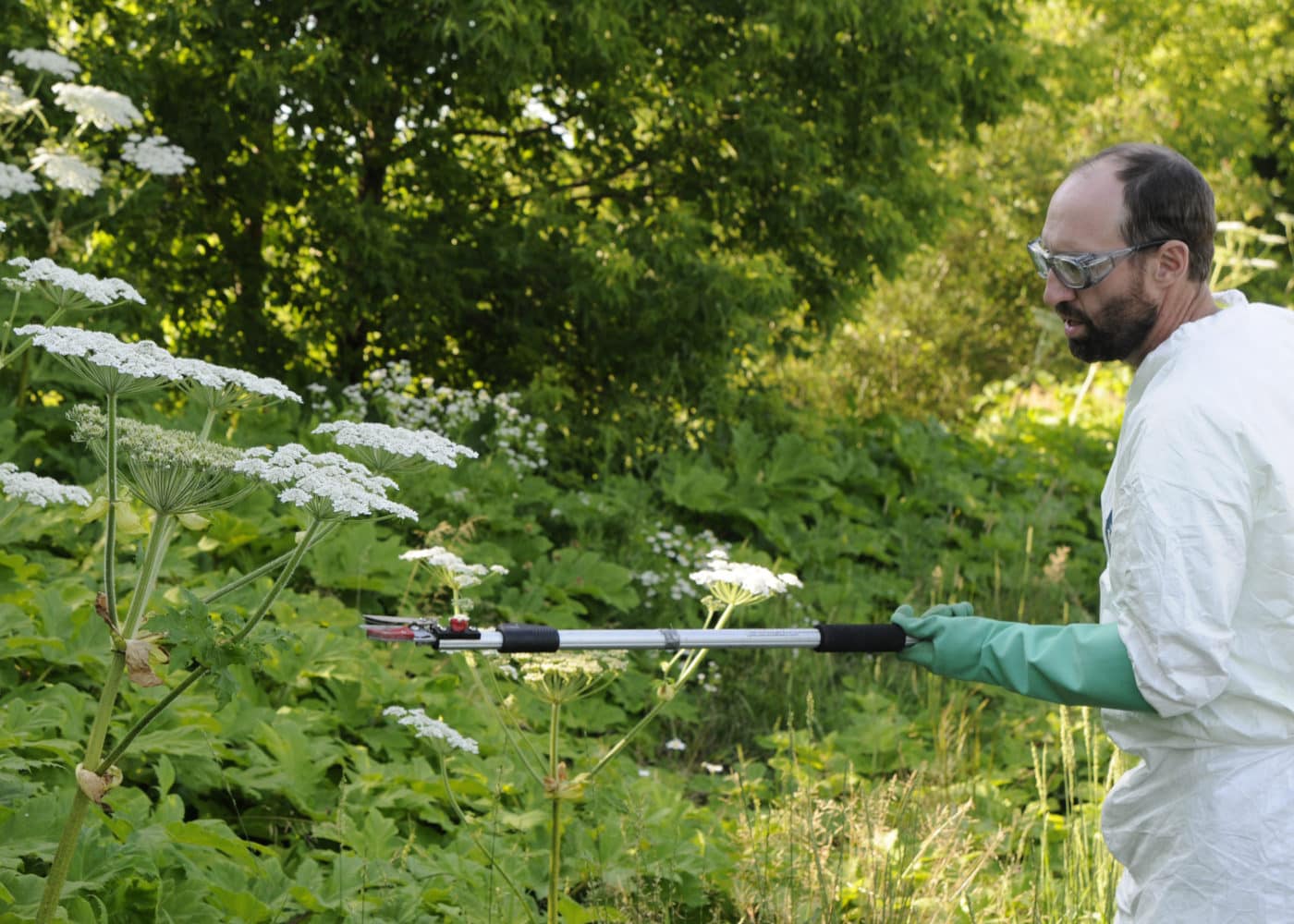
Location: Basically anywhere, but it prefers open sites with abundant light, like fields, yards and roadsides.
Threat: Simply brushing up against it can release oils whose exposure to sunlight results in a nasty burn and the possibility of permanent scarring.
Treatment: Wash affected area with soap and warm water immediately, and keep it out of sunlight for 48 hours.
FYI: If you spot it, contact the NYSDEC’s Giant Hogweed Information Line (845 256 3111; ghogweed@dec.ny.gov) and a team will be dispatched to get rid of it. NYS law prohibits possession of giant hogweed “with the intent to sell, import, purchase, transport, introduce or propagate.”
Cow Parsnip (Heracleum maximum)
Cousin of giant hogweed, this is the only member of the plant genus Heracleum native to North America. Though uncommon, it does grow in New York.
Look: Smaller version of giant hogweed, growing 3-10 feet tall with similar white flowers. Click here for more ID tips.
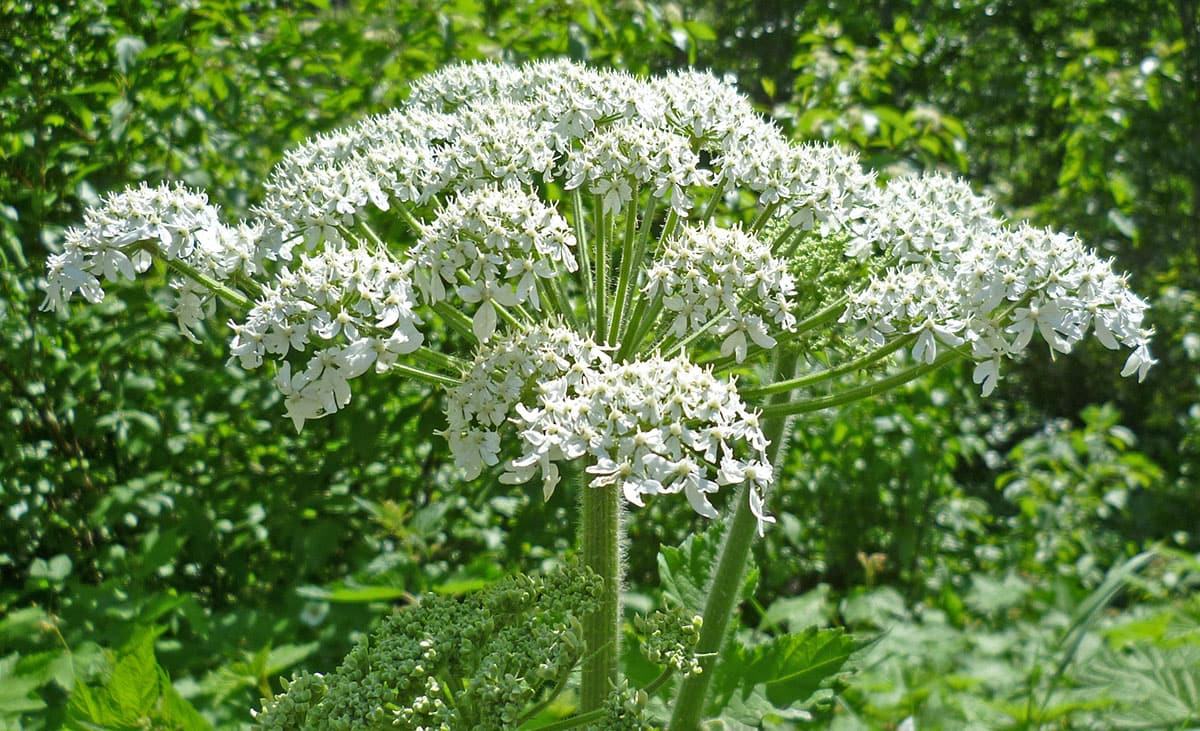
Location: Woodlands, forest openings, grasslands, stream and river edges, along roadsides.
Threat: Though slightly less toxic than giant hogweed, contact with its light-sensitive sap can cause a blistering rash taking months to heal and sometimes leaving permanent scars.
Treatment: Wash affected area with soap and warm water immediately, and keep it out of sunlight for 48 hours.
FYI: Native Americans considered cow parsnip a spring delicacy. They peeled off its outer layer (which contains the sap) to eat the succulent young shoots. For this reason, it’s sometimes called Indian celery.
Wild Parsnip (Pastinaca sativa)
Native to Eurasia, wild parsnip may have “escaped” to the U.S. because of its close resemblance in look and smell to cultivated parsnips.
Look: 4-5 feet tall with hundreds of yellow flowers that bloom in early summer. Click here for more ID tips.
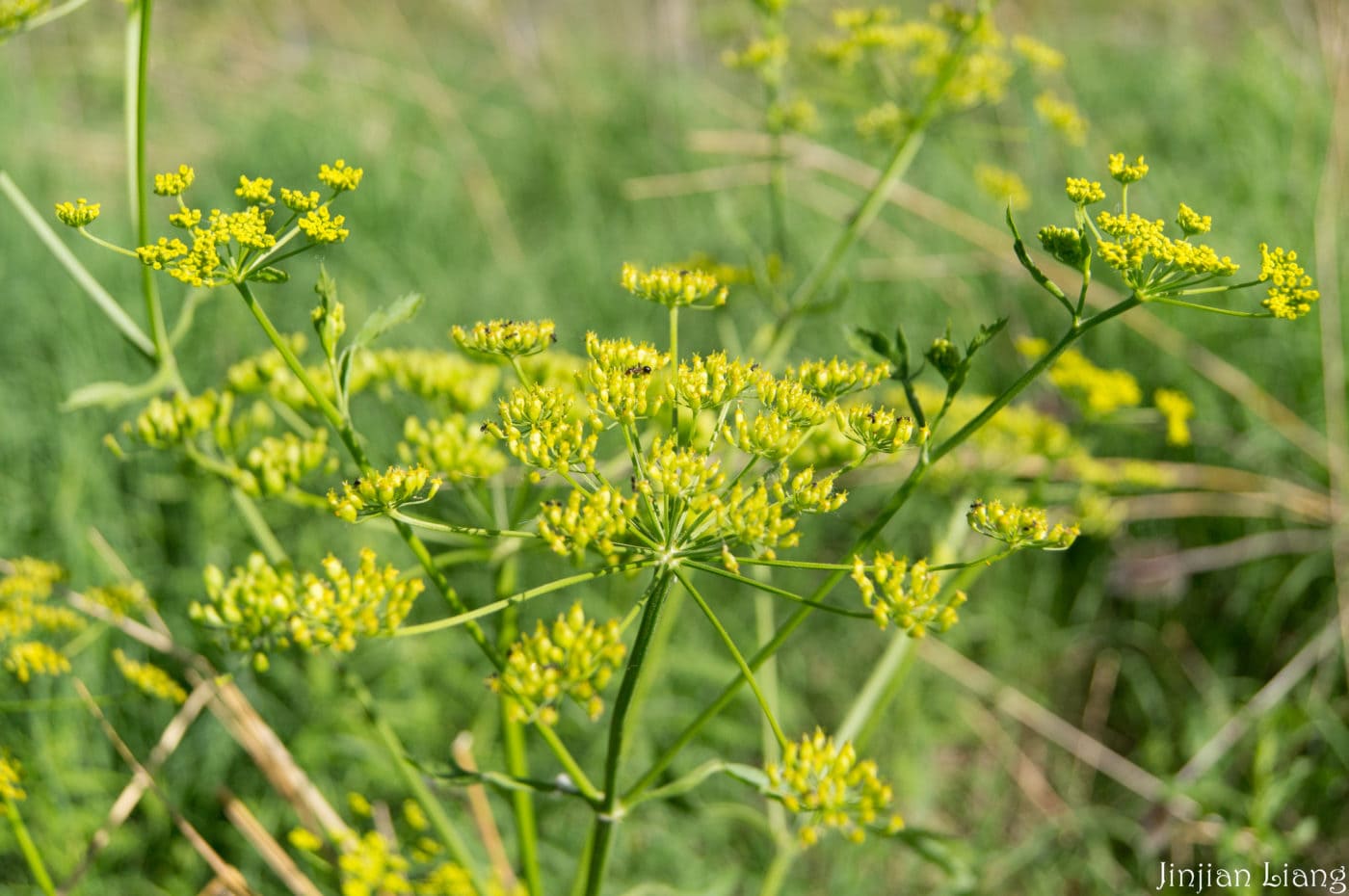
Location: Along roadsides, in pastures and abandoned fields. Basically, anyplace with disturbed soil and lacking native vegetation.
Threat: Exposure to its sap produces a burning rash. Affected areas can remain discolored and sensitive to sunlight for up to two years.
Treatment: Wash affected area with soap and warm water immediately, and keep it out of sunlight for 48 hours.
FYI: Wild parsnip is especially prevalent in the lower Hudson Valley and Catskills. While the roots are edible, common sense advises sticking to garden-variety parsnips.
STEER CLEAR
Poison Ivy (Toxicodendron radicans)
At least 70% of Americans are allergic to this native plant.
Look: “Hairy” vine whose leaves feature three “leaflets” (“Leaves of three, let it be!”) that go from red in spring to green in summer and back to red in fall. White berries. Click here for more ID tips.
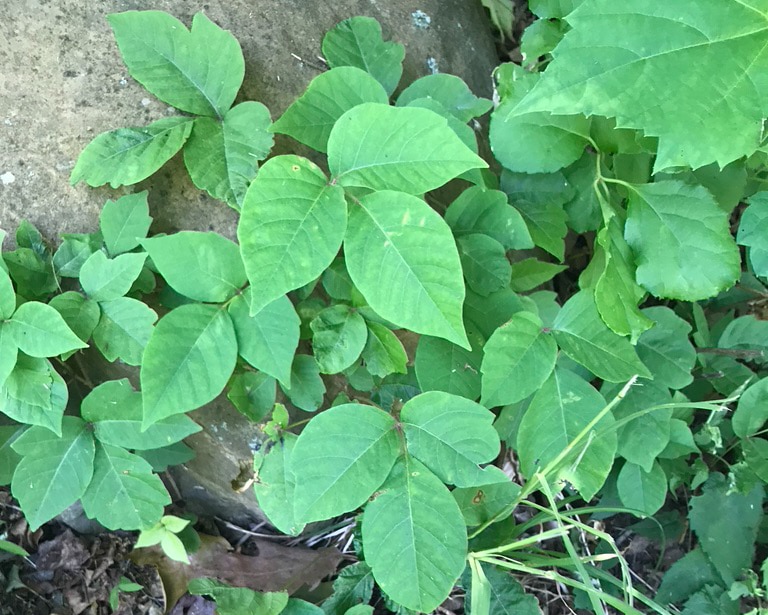
Location: Primarily in wooded areas where sunshine filters through, but also in exposed rocky areas, open fields and places with disturbed soils. Can be found both on the ground or growing up tree trunks.
Threat: Contact with the plant — either directly or by touching pets or objects exposed to it — or breathing fumes of burning plants can cause a reddish, itchy rash and blistering that can last for weeks.
Treatment: Wash affected areas ASAP with soap (dish soap preferable) and cool water (warm water will open the pores, allowing the oil to spread). Calamine lotion, oatmeal baths and baking soda can offer temporary relief. In extreme cases, see a doctor.
FYI: Deer and bears eat poison ivy plants, while birds feast on its berries. Urushiol, the sticky oil responsible for the rash, doesn’t protect the plant from predators, but helps it retain water.
Poison Sumac (Toxicodendron vernix)
Though uncommon, it’s native to NY.
Look: Either a small, slender tree, or multi-stemmed shrub, it features grey bark, leaves with 7-13 leaflets and clusters of small yellow flowers followed by small whitish berries. Click here for more ID tips.
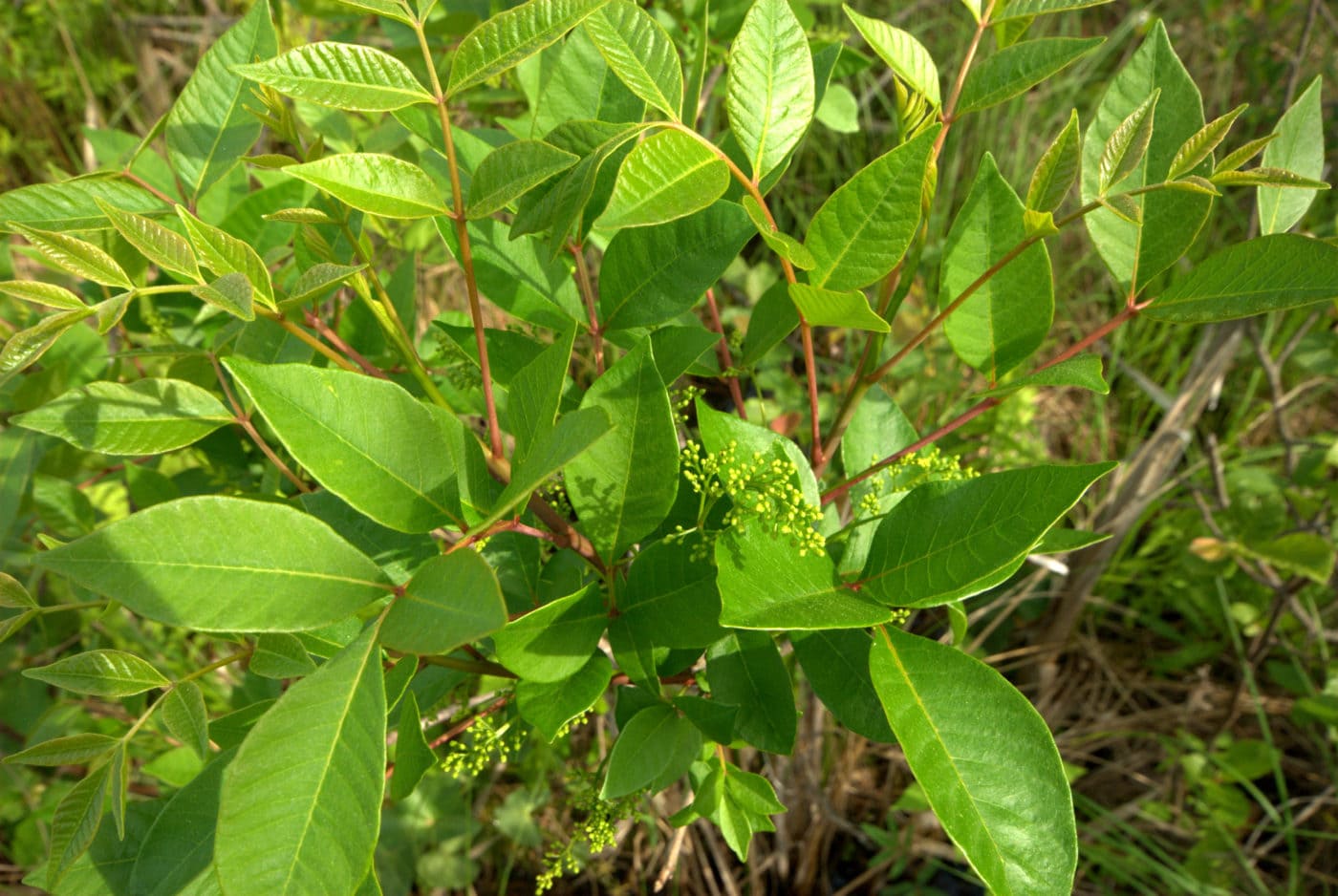
Location: Swamps and peat bogs.
Threat: Contact can cause a painful, itchy rash and blisters (caused by the same oil found in poison ivy). While only hunters or birdwatchers may come into direct contact, the rash can also be contracted via inhaling smoke from burning plants.
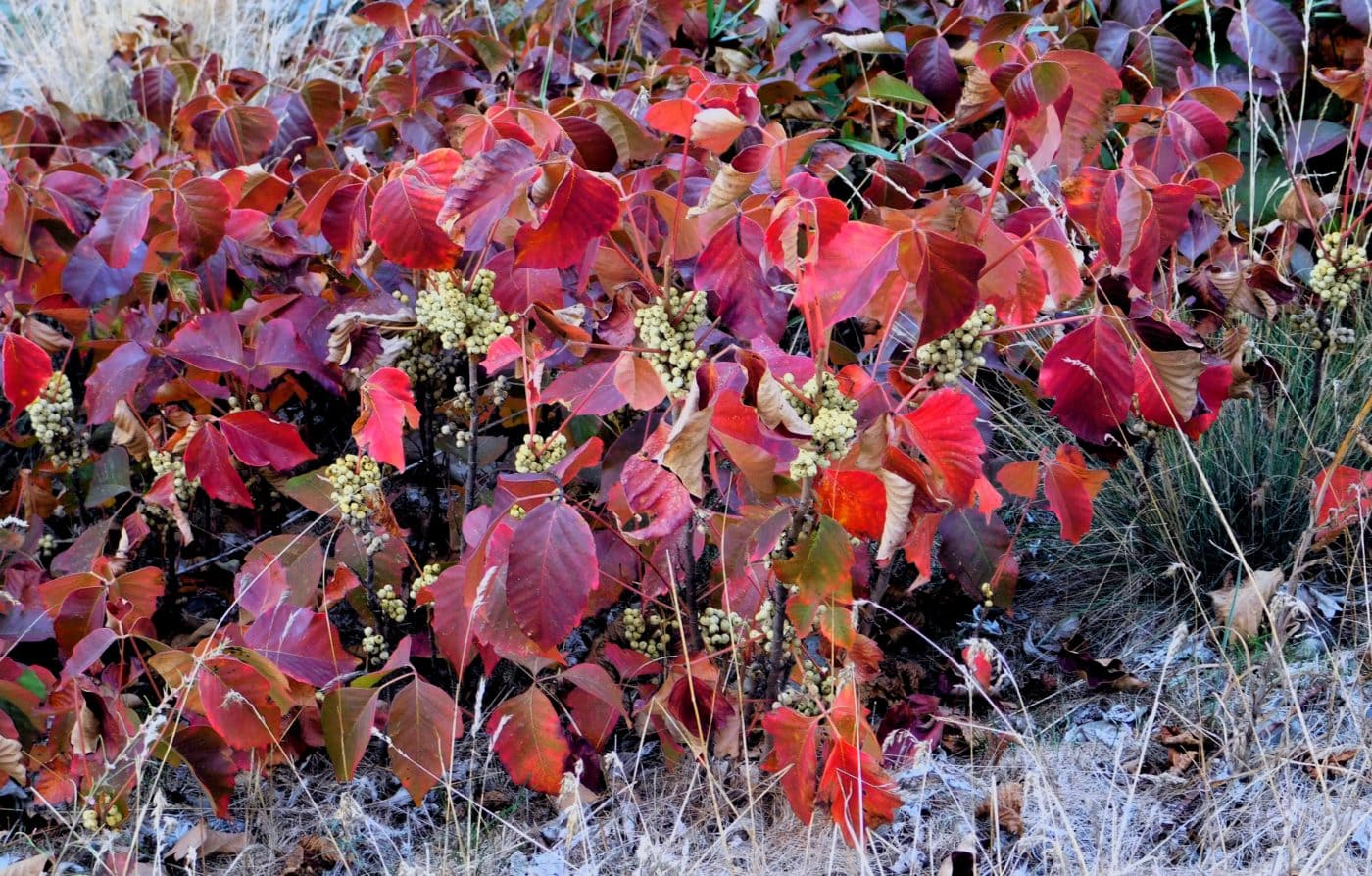
Treatment: Wash affected area ASAP with soap (preferably dish soap) and cool water. While there is no treatment for the symptoms, calamine lotion and Benadryl can offer temporary relief.
FYI: Neither staghorn nor smooth sumac, common along Hudson Valley roads, is toxic.
NUISANCE
Stinging Nettles (American: Urtica dioica ssp. gracili & European: Urtica dioica ssp. dioica)
Encounters with both the native and invasive varieties of nettles are unpleasant but don’t typically have long-term consequences.
Look: Slender stems growing 6-8 feet tall bear leaves and clusters of tiny, light-green or tan flowers. Stems and underside of leaves feature hairs about 1 mm long. Click here for more ID tips.

Location: Along stream banks and in areas with disturbed soils. Usually found in dense stands.
Threat: Contact with hairs releases a dose of histamine, acetylcholine, serotonin and formic acid that causes an immediate painful stinging sensation (akin to a bee sting) often followed by burning, itching or tingling that can last for several hours.
Treatment: Wash affected area with soap and water ASAP. Applying ice also can relieve burning.
FYI: Stinging nettles are nutritious and can be eaten if cooked, which deactivates the harmful chemicals. (Be sure to wear gloves when prepping.) Try these recipes for sauteed stinging nettles and stinging nettle soup.


